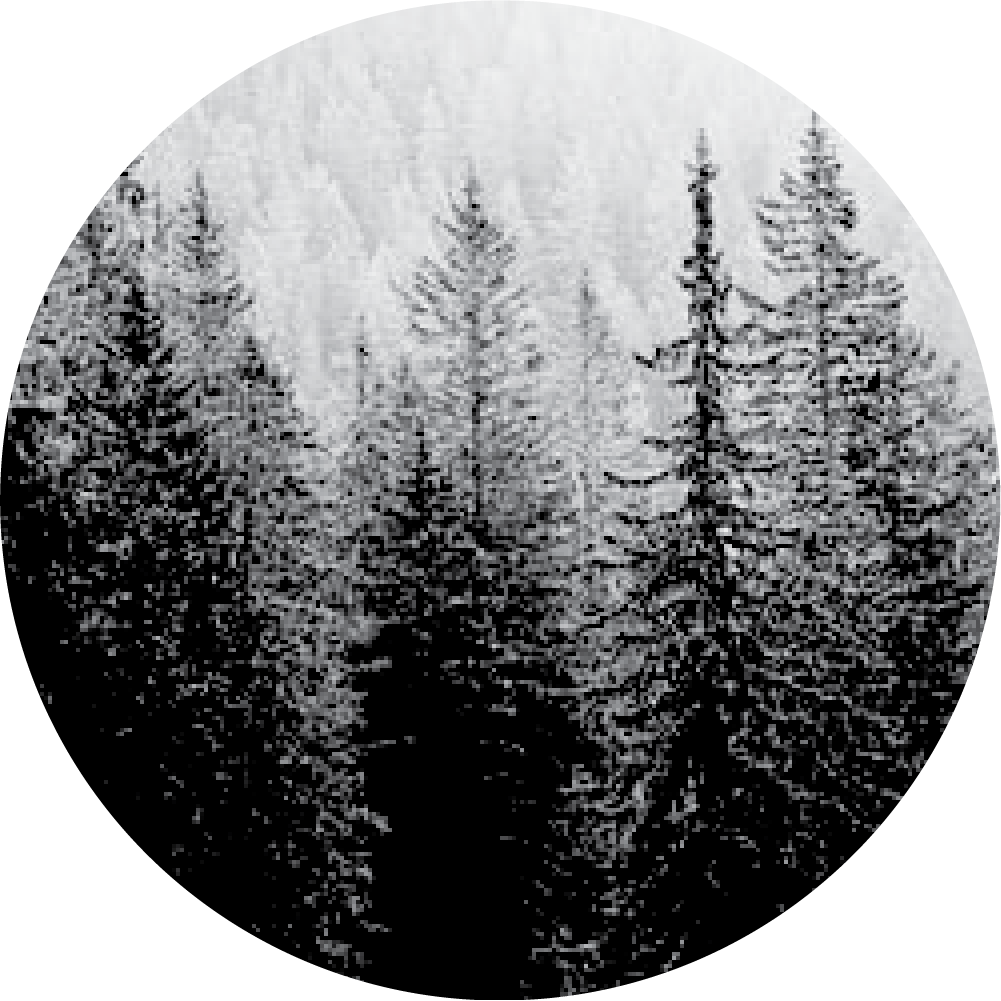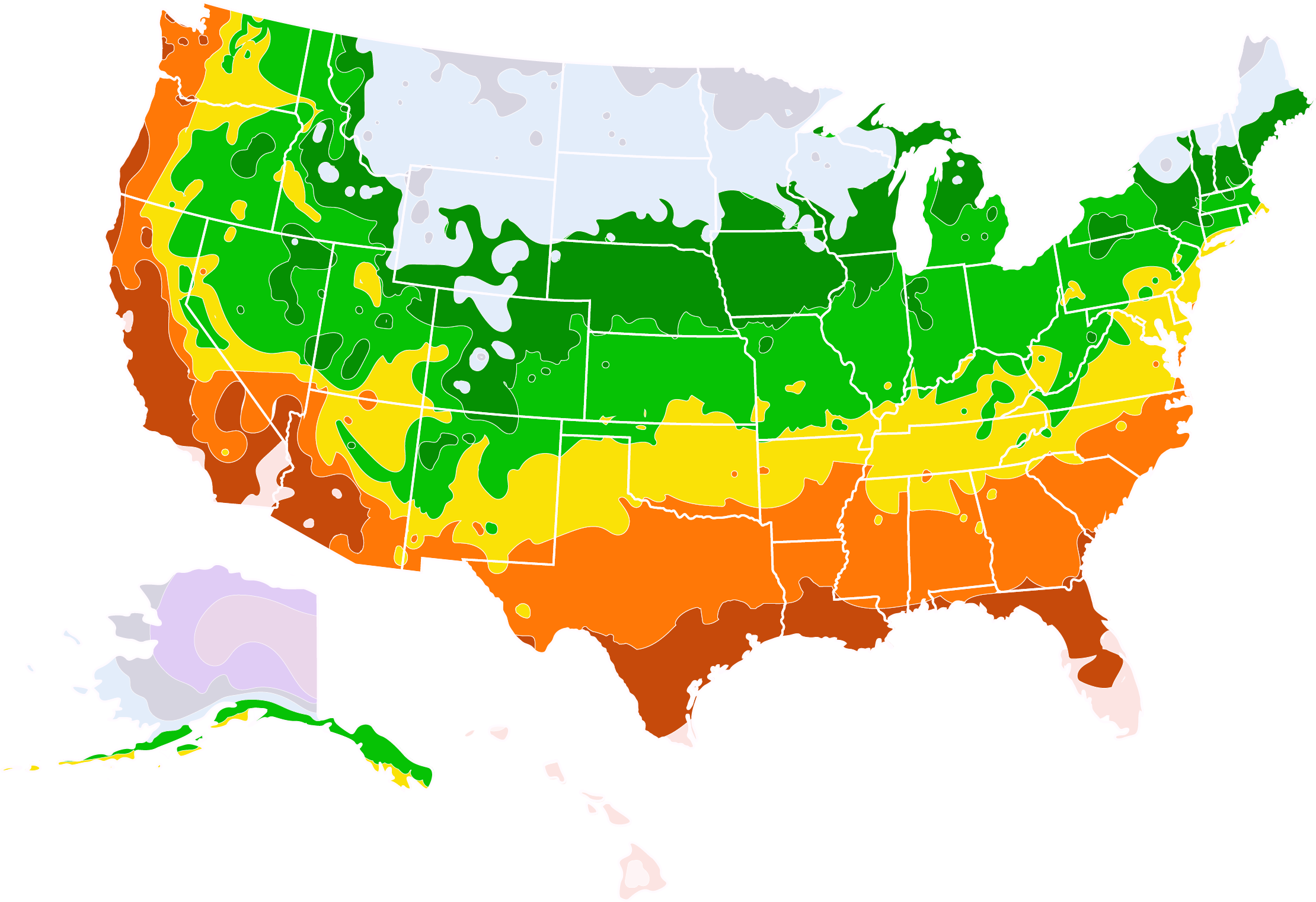- Home >
- Palm Trees >
- Coconut Palm Trees
Coconut Palm Trees for Sale
Shipping Details:
Once your order is shipped, you’ll receive an email with a tracking number and estimated delivery date. Most orders ship immediately, but some items are seasonal and may only ship in spring or fall. These products are noted on the website.
There is only one species of Coconut Palm tree in the world, and this is Cocos nucifera. However, many cultivars exist within this species, which bear a wide variety of different types of coconuts. The Coconut Palm cultivars are split into two groups dwarf varieties and tall varieties.
Dwarf Varieties
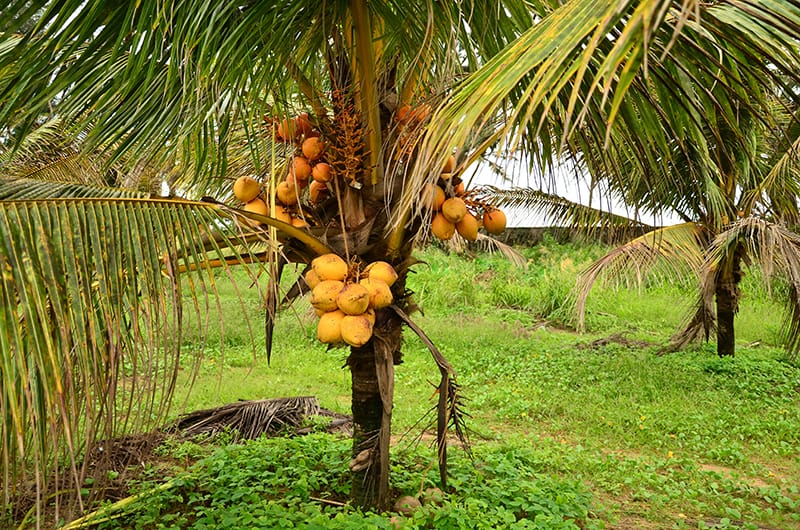
Dwarf palms, as the name implies, are small in stature. They typically do not exceed 30 feet and often top out at around 16 feet in height. They have a shorter lifespan than tall varieties, with a life expectancy of between 40 and 50 years. One of the best things about dwarf coconut palms is that they begin bearing fruit at a young age, sometimes after just 2 years. The fruit of dwarf coconut palms tends to be smaller than that of tall palms, though they are still a very popular food source.
1. Chowghat Orange Dwarf Coconut
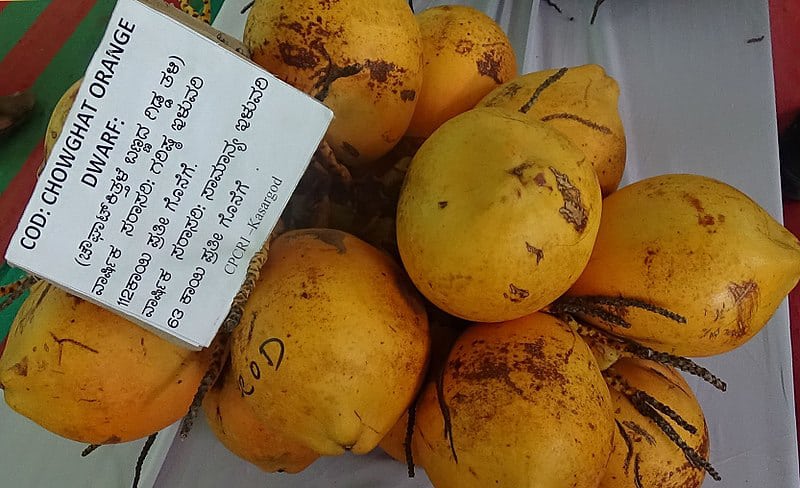
Credit to Vishwanatha Badikana
Mature Size: 16 feet tall
Light: Full sun
Water: Medium moisture needs
Soil: Well-draining
Special Features: Orange coconuts
This dwarf coconut tree was first released in 1991 by the Central Plantation Crops Research Institute in Kerala, India, with the purpose of widespread cultivation. It is an early flowering variety, taking between 3 and 4 years to begin flowering and subsequently bearing fruit. The coconuts produced by this tree are round with orange skin. They have a subtle yet sweet-tasting water, and a high content of meat. The tree itself typically grows to 16 feet in height and has an average expected lifespan of 50 years. Once it begins to produce coconuts, it does so with vigor, producing around 65 nuts each year per tree once mature. Like most dwarf varieties, this palm tree is self-pollinating, so you only require an individual tree for it to produce coconuts. This tree is sensitive to high winds and drought, and therefore needs to be grown in a protected position in a soil that is kept consistently moist. It requires warm temperatures, ideally above 70º F.
2. Malayan Dwarf Coconut

Mature Size: 30 to 60 feet tall
Hardiness Zone: 10b and 11
Light: Full sun
Water: Drought tolerant
Soil: Sandy, well-draining
Flower Color: White
Special Features: Yellow coconuts
This palm is thought to be the most commonly grown dwarf coconut tree across the world. It was initially produced in Malaysia in the late 1800s, as a result of hybridization, and is now found in a variety of tropical climates, including Brazil, Thailand, and Fiji. It also grows well in consistently hot climates within the United States, such as Florida. This tree blooms in the spring with small and inconspicuous white flowers. Following this, the tree bears oval fruit, which starts out green, but as it ripens develops to a different color depending on the cultivar. The Malayan Yellow Dwarf Coconut trees bear fruits that are pale yellow when ripe, whereas the Malayan Green Dwarf Coconut trees produce fruits that remain green. Another cultivar exists called the Golden Malay Coconut tree, and as you might expect, these coconut fruits are a golden bronze color when ripe. All of these trees share the same care requirements that are almost identical in terms of looks, with the exception of the fruit color. The coconuts are medium in size and typically measure between 6 and 12 inches. As long as you live in a suitable climate, this tree is actually very easy to grow. It is drought-tolerant, salt-tolerant, and can survive in a variety of soil types so long as they are well-draining. The tree will begin fruiting at around 3 years of age (University of Florida).
3. Macapuno Coconut

Mature Size: 16 feet
Light: Full sun
Water: Medium moisture needs
Soil: Well-draining
Special Features: Coconuts are a delicacy
The Macapuno coconut tree is a dwarf mutant tree that occurs because of a recessive gene, which causes the abnormal development of the fruit’s endosperm. The result of this is a coconut that has no water content and is instead filled with a soft flesh that resembles the consistency of jelly. These coconuts, due to their rarity, have become an expensive delicacy in Asia. These coconuts have a much higher sugar content than regular coconuts, making them ideal for use in desserts. Foods made with macapuno include pastries, candies, ice creams, cakes, and drinks. The Macapuno coconut is a naturally occurring cultivar, which was first discovered in 1931 in the Philippines. The Philippine Coconut Authority has since developed a way to cultivate these trees so that they now grow in abundance near the PCA research center in Southeastern Luzon. Macapuno coconuts are also commonly referred to as ‘coconut sport.’ They look like regular coconuts from the outside, and it is impossible to tell them apart just based on visuals. However, experienced coconut handlers will be able to recognize a macapuno coconut simply by tapping it.
4. Fiji Dwarf
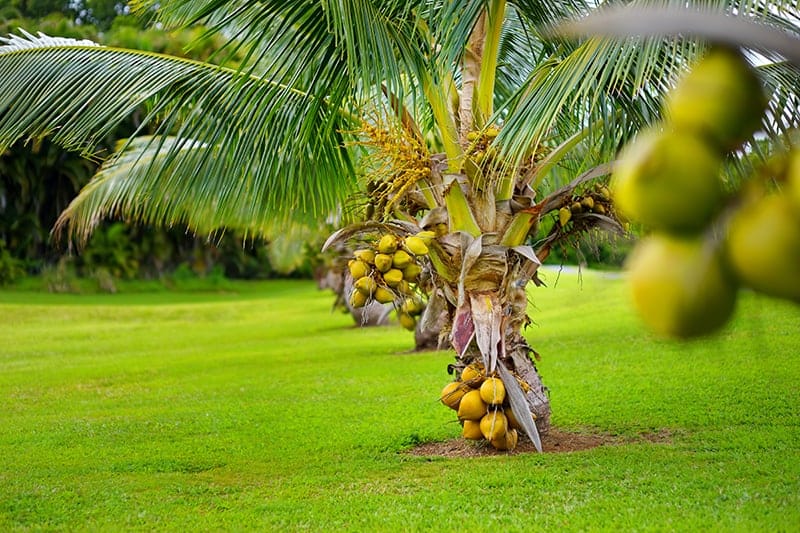
Mature Size: Up to 25 feet
Hardiness Zone: 10 and 11
Light: Full sun
Water: Medium moisture needs
Soil: Well-draining
Special Features: Disease resistant
The Fiji Dwarf coconut tree has become popular over the last few decades in Florida, following the destruction of most of the state’s tall coconut palms. In the 1970s, lethal yellowing disease spread through the palm trees across the world, killing approximately 6 million trees in the Caribbean, and 100,000 in Florida. It was disastrous for the commercial coconut industry in countries such as Jamaica, and growers immediately sought alternative coconut palms, which had some resistance to the disease. In the 1990s, the coconut tree that emerged as the most resistant to lethal yellowing disease was the Fiji Dwarf. This tree has since been planted in great numbers to replace those that were destroyed. It is called a dwarf tree because it bears fruit just several years into its life while it is still quite short, and it is, therefore, able to be harvested by hand without having to use a ladder. However, as the tree ages, it continues to grow to quite an impressive height, typically at a speed of about 1 foot each year. The Fiji Dwarf has several benefits besides its disease resistance. It has a lusher appearance than most other palms, as the leaflets are closer together than is usual, giving a fuller look to the canopy. The leaflets are also said to be wider and shorter than most coconut palms, a look which is popular among ornamentals. Probably the best thing about this tree as far as the home grower is concerned, is its durability. The Fiji Dwarf is incredibly robust, tolerant of wind, poor soil, and rainfall. Fiji Dwarf trees are known to survive in conditions you would not typically expect them to grow in and have proven to be incredibly resistant to disease to the point that the US Agricultural Research Service described the Fiji Dwarf as “one tough nut” (Agricultural Research Service-U.S Department of Agriculture).
5. King Coconut
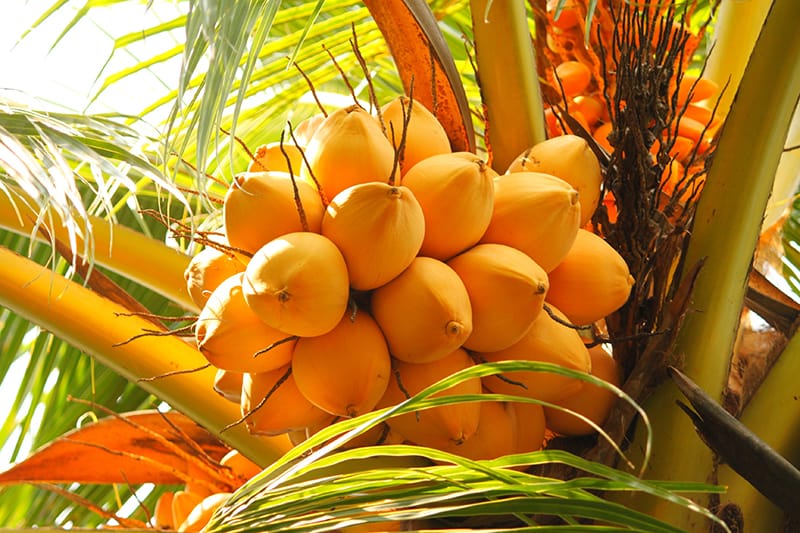
Mature Size: Up to 30 feet tall
Hardiness Zone: 10b and 11
Light: Full sun
Water: Moderate moisture
Soil: Well-draining, sandy
Special Features: Sweet and nutritious water inside the fruit
King coconut trees are native to Sri Lanka, where they are commonplace along the roadside and in the yards of the island’s inhabitants. The fruits it produces are orange in color, with smooth and shiny skin. These coconuts are consumed on a daily basis by the locals, most commonly as a drink. King coconut water is known to have excellent nutritional qualities, and it is prized for its health benefits. As well as this, it has a higher sugar content than most coconuts, so it has a delicious sweet taste. Several variations of King Coconut trees exist, including one which produces green coconuts, which are primarily used as a food source. This is a dwarf variety of trees which is much smaller than the tall varieties.
Tall Varieties
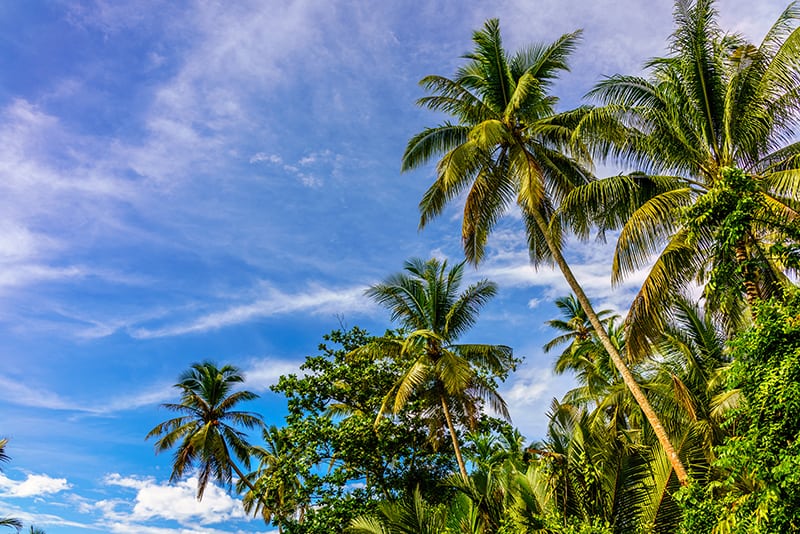
Tall coconut palms have the benefit of a longer lifespan, typically lasting for between 80 and 90 years. They take longer to start producing fruit than dwarf varieties, with the first coconuts usually appearing between 6 and 8 years from initial planting. Tall coconut palms tend to be more adaptable to different environments and may react better to wind and drops in temperature than dwarf varieties. They will typically thrive in any type of soil so long as it is well-draining. They love to grow in consistently moist soils, but most tall palm varieties will cope with short periods of drought (Tamil Nadu Agricultural University).
6. East Coast Tall Coconut
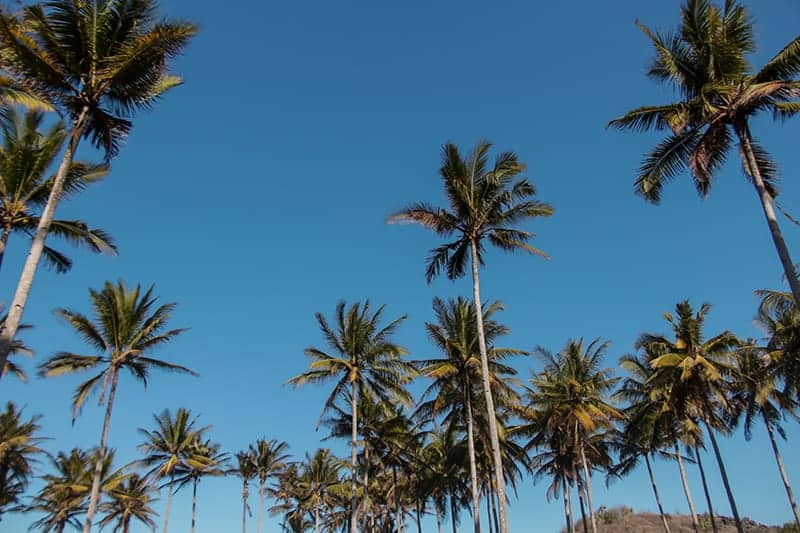
Mature Size: 90 feet tall
Hardiness Zone: 10 and 11
Light: Full sun
Water: Medium moisture needs
Soil: Well-draining
Special Features: Reliable fruit
This variety of coconut tree is one of the most widely cultivated tall varieties. It typically takes between 6 and 8 years before it starts bearing fruit, with an average annual yield of 70 coconuts. It is tolerant of a wide range of soils, including loamy, sandy, and poor soils. This tree does not do well in soggy soil, so as long as it is grown in well-draining soil, then it typically does just fine. The tree will survive in dry soils where annual rainfall is low, but fruit production will suffer. To encourage your tree to produce an abundance of coconuts, maintain evenly moist soil.
7. West Coast Tall Coconut

Mature Size: 100 feet tall
Hardiness Zone: 10 and 11
Light: Full sun
Water: Somewhat drought-tolerant
Soil: Well-draining
Special Features: Large coconuts
This tree will begin fruiting at 6 or 7 years of age, producing a harvest of around 80 coconuts each year per tree. The fruits of this tree tend to be larger than those of the East Coast Tall Coconut tree, with marginally higher oil content. This palm is more drought-tolerant than the East Coast Tall Coconut tree and can survive occasional prolonged periods of dry soil. However, it performs best when grown in a soil that is frequently irrigated to achieve moderately moist soil.
8. Maypan Coconut
Mature Size: 60 feet tall
Hardiness Zone: 10 and 11
Light: Full sun
Water: Medium moisture needs
Soil: Sandy, well-draining
Special Features: Disease resistant
This tree was developed in Jamaica in the 1960s as part of an experiment they were conducting to find coconut palm trees that had a high level of resistance to lethal yellowing disease, a rampant virus that was threatening the existence of coconut palms. The Maypan tree is a hybrid, which is a cross between the Malayan Dwarf and the Panama Tall. As a result of crossing these two trees, the resulting Maypan tree has the benefit of lethal yellowing disease resistance inherited from the Malayan Dwarf and the adverse weather tolerance of the Panama Tall. This tree is particularly popular in Florida, Latin America and the Caribbean. As you might expect from its parentage, this is a medium-sized tree, taller than the Malayan Dwarf but shorter than the Panama Tall.
9. Panama Tall
Mature Size: 90 feet
Hardiness Zone: 9b to 11
Light: Full sun
Water: Moderate moisture
Soil: Well-draining
Special Features: Tolerant of cold and wind
This tree is also commonly known as the Pacific Tall. Many people struggle to tell the difference between the Panama Tall and the Jamaica Tall, as they closely resemble each other. The main difference you can look out for is that the Panama tall has an umbrella style canopy, whereas the Jamaican Tall is more rounded. The Panama Tall is a beautifully elegant tree and is very tolerant of adverse weather, such as storm winds. It is also among the most cold tolerant of all coconut palm trees, so if you are planning to plant a tall coconut palm and are concerned about potential temperature drops damaging your tree, this is the one to go for.
10. Jamaican Tall
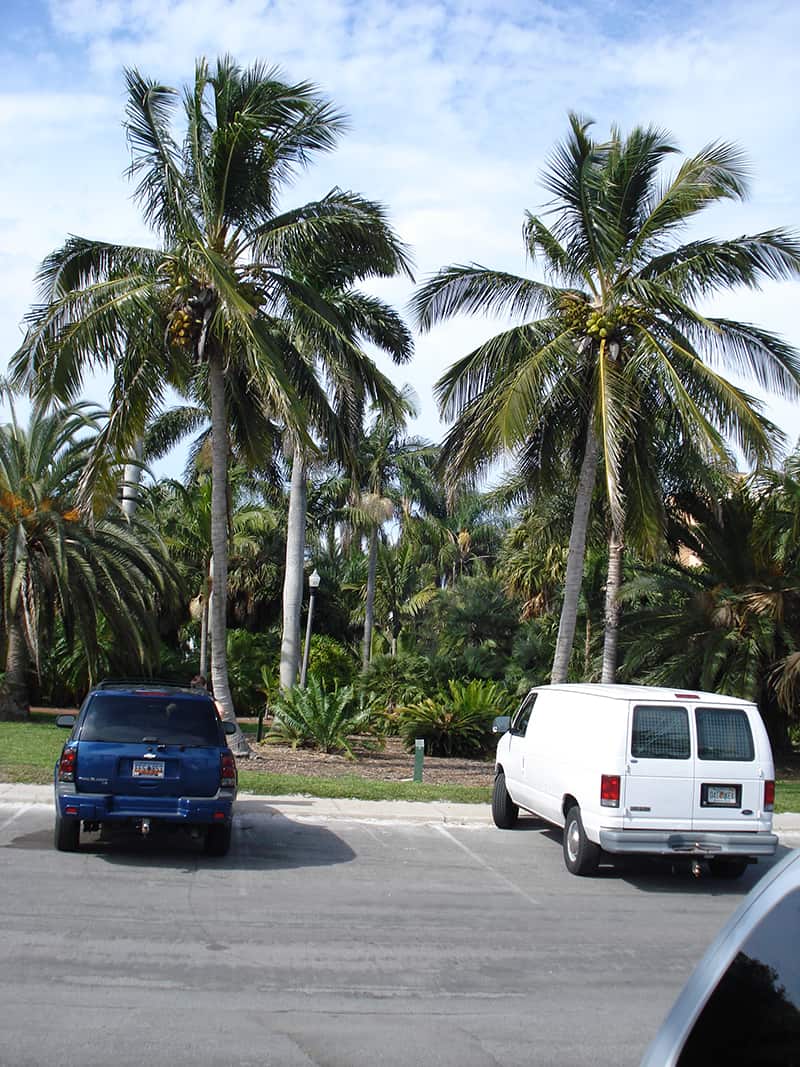
Credit to Zeeth
Mature Size: Up to 100 feet tall
Hardiness Zone: 10 and 11
Light: Full sun
Water: Medium to high moisture needs
Soil: Well-draining
Special Features: Dark green foliage
This tall variety of coconut palm is one of the most visually striking. It has dark green fronds that congregate to form a round canopy. The base of the trunk is slightly swollen, thinning out as it extends upwards. It grows quite quickly, seemingly gaining height rapidly, and has an expected lifespan in the region of 80 years. This tree will grow well in any type of well-draining soil, as it requires plenty of moisture. A single Jamaican Tall palm can produce between 100 and 200 coconuts each year.
Compare Similar Products
Customer Reviews
Beautiful tree.


